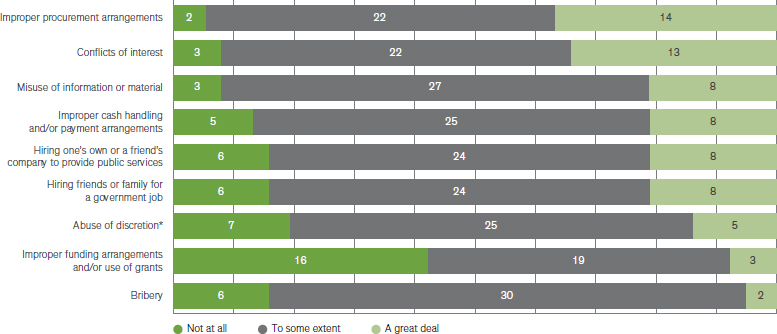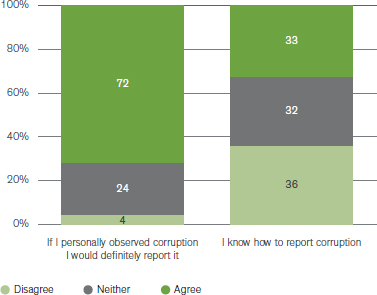This is a summary of the Independent Broad-based Anti-corruption Commission’s State government integrity frameworks review.
In 2018, IBAC reviewed integrity frameworks in a sample of 38 Victorian state government agencies, identifying examples of good practice and opportunities for improvement. A key objective of this project was to help state government agencies review and strengthen their own integrity frameworks, to improve their capacity to prevent corrupt conduct.1
IBAC identified a number of initiatives the broader public sector could consider to strengthen their integrity frameworks, such as the application of more robust due diligence processes for suppliers, development of more interactive training in corruption prevention awareness, and consideration of integrity-related performance measures.
The review also suggests agencies are developing a greater awareness of potential corruption risks, exploring new detection and prevention mechanisms and fostering a culture of integrity.
The review builds on earlier work published by IBAC in 2014, which reviewed integrity frameworks in a different sample of state government agencies.2
_______________
1 In March 2019, IBAC also published its Local government integrity frameworks review, which provided a snapshot of integrity frameworks examined in a sample of six Victorian councils. That report highlighted examples of good practices and possible areas for improvement in the local government sector.
2 IBAC, 2014, A review of integrity frameworks in Victorian public sector agencies, Melbourne.



